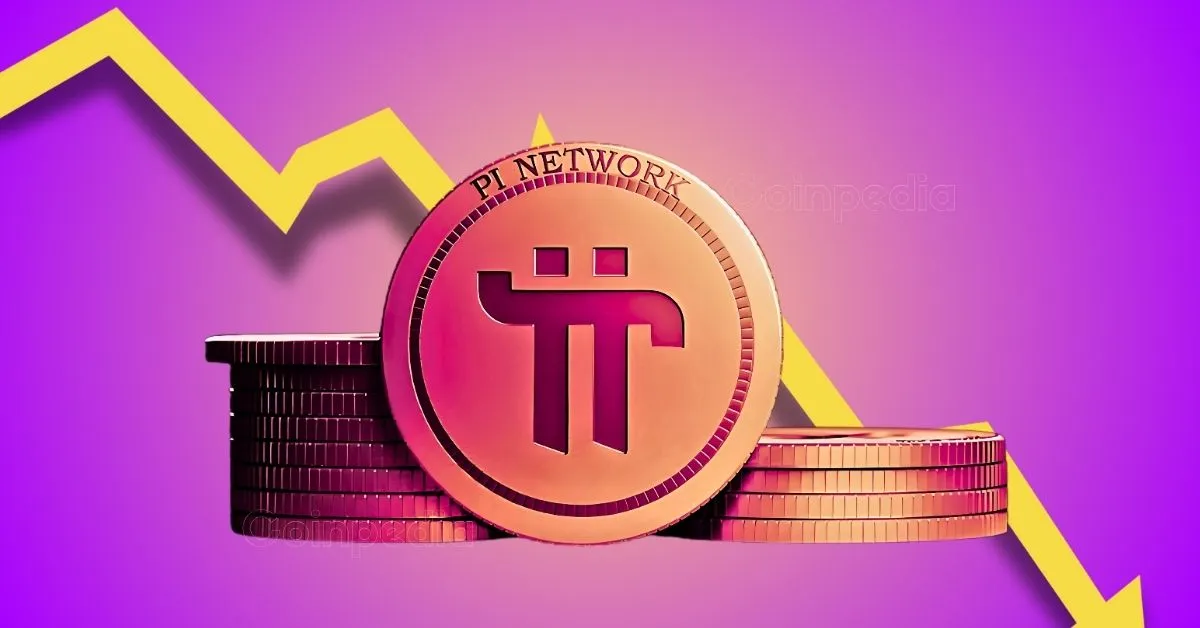The other day, I was explaining the concept of pi (π) to my niece, and she asked, “But what’s the price of pi?” It sounds silly, right? But her question sparked an interesting thought: While pi itself is a constant, its implications have a fluctuating “price” in various fields. Let’s delve into what I mean by “pi price” and explore its multifaceted nature.
Decoding the “Price” of Pi: More Than Just a Number
Pi, approximately 3.14159, is fundamental to mathematics, representing the ratio of a circle’s circumference to its diameter. However, the practical application of pi translates into a “price” – the cost, effort, or impact associated with its use in diverse contexts. This isn’t a monetary price tag, but rather a measure of its practical value and associated consequences.
Pi in Computing: A Costly Calculation?
In the realm of computer science, calculating pi to increasingly higher precision is a benchmark for computational power. The “price” here is the computational resources (processing power, memory, and time) needed. Calculating trillions of digits of pi isn’t just a mathematical exercise; it pushes the boundaries of technological capability. The higher the precision, the greater the resources required – a direct representation of its “pi price” in this context.
Pi’s Influence Across Disciplines: Varying Degrees of “Cost”
Pi’s applications extend far beyond basic geometry. Its “price,” therefore, varies significantly across different fields.
Engineering and Design: Precision and Its Price
Engineers and designers rely heavily on pi for calculations involving circles, spheres, and cylinders. The accuracy of these calculations directly impacts the quality, safety, and efficiency of the final product. The “pi price” here is the cost of potential errors due to approximations – errors that can range from minor inconveniences to significant safety risks.
The “Pi Price” in Data Analysis and Signal Processing
In signal processing and data analysis, pi is crucial for understanding periodic phenomena. Its incorporation into various algorithms holds a “pi price” in terms of computational complexity and the accuracy of the obtained results. A poorly implemented algorithm, for example, can lead to inaccurate signal interpretation.
Pi in Physics and Cosmology: Unlocking the Universe’s Secrets
Pi plays a pivotal role in various physics equations, from describing planetary orbits to calculating the properties of waves. The “price” of using pi in these contexts is the potential for breakthroughs in our understanding of the universe. In other words, the “pi price” here is the potential for profound discoveries.
Managing the “Pi Price”: Optimization and Precision
One thing to keep in mind is that effectively managing the “pi price” often involves striking a balance between precision and computational efficiency. In many applications, using a highly precise value of pi isn’t necessary and might even be computationally wasteful.
Balancing Accuracy and Efficiency: Finding the Sweet Spot
Finding the optimal level of pi precision is crucial for maximizing efficiency without compromising accuracy. This balancing act is where the true expertise lies – knowing when a simplified approximation is sufficient, and when utmost precision is essential. This “sweet spot” is where the “pi price” is minimized while still delivering the needed results.
The Future of Pi Price: Continued Exploration and Innovation
As computing power continues to advance, the “pi price” associated with high-precision pi calculations will likely decrease. However, the inherent value of pi itself will remain constant, serving as a cornerstone of mathematical and scientific understanding. I’ve often found that the more we explore pi’s applications, the more we uncover its subtle but profound influence across various fields.
Wrapping Up: Pi’s Enduring Legacy
In essence, the “pi price” isn’t a financial cost, but rather a measure of the computational resources, engineering precision, or analytical effort required to utilize pi effectively. As we continue to explore its applications, we’ll undoubtedly uncover new and innovative ways to manage and optimize its “price.” But here’s a challenging question: How can we further refine our understanding of the “pi price” to push the boundaries of our knowledge even further?
